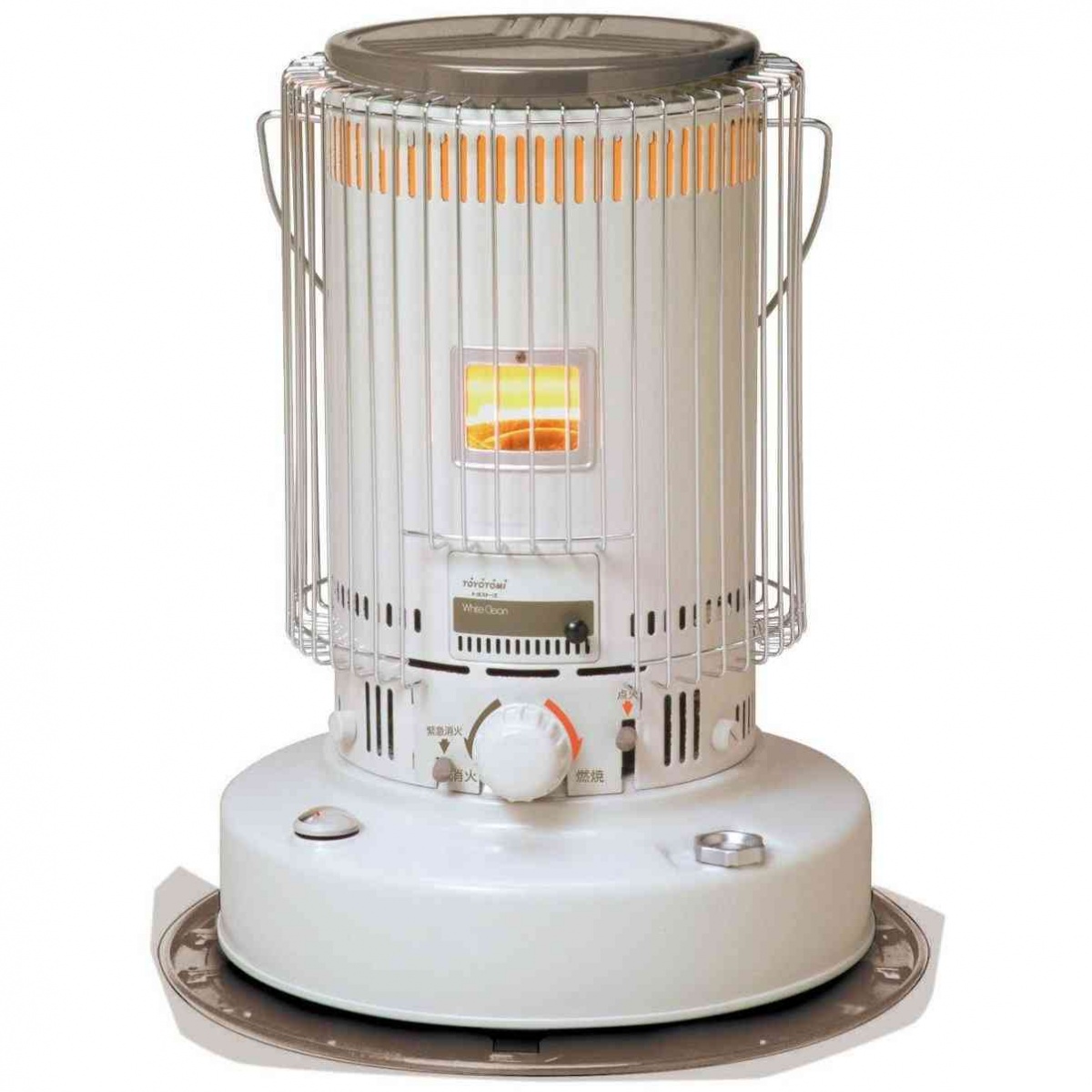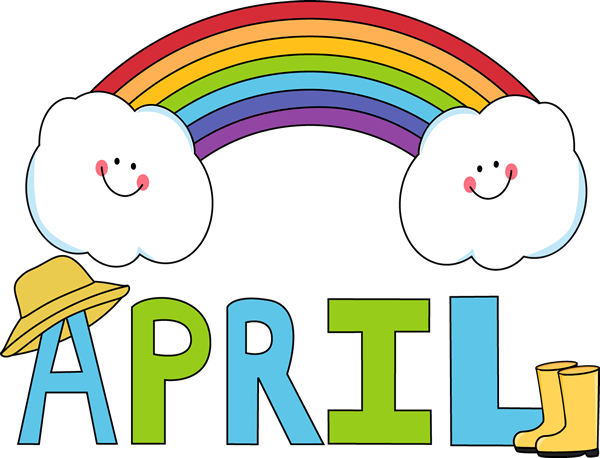6 Surprising Things about Japanese Schools

If you're stepping into a Japanese school for the first time, there are a number of things that will likely be quite different from your own school days at home. Below we outline six things that might surprise you in Japanese public schools, from the interesting to the practical—to the downright shocking!
By Michael Kanert6. Classrooms Aren't Heated or Cooled

Almost all Japanese classrooms are identical: big chalkboard at the front (yup, chalk!), smaller chalkboard at the back, windows to the hallway on the right, windows to the schoolyard on the left. And none of that is insulated.
This works well in the temperate months of the year, but in the humid days of summer, the best you can do is open the windows and pray for a breeze, though some classes might be equipped with an electric fan.

http://girlschannel.net/topics/552398/
In the winter, everyone wears multiple layers under their uniforms and work clothes, often supplemented with kairo body warming packs. Schools in particularly cold areas will bring portable heaters (like the one above) into the classroom—with the result that kids near them feel roasted, and everyone else still feels a chill. Schools in really cold areas will have removable piping just to feed their massive seasonal heaters.
Of course, the hallways are even colder. The only place of respite is the temperature-controlled teachers' room, where faculty will hurry inside to exclamations of "Samui!" ("Cold!")—or releasing a delighted "Suzushii!" when the air conditioners are turned for the summer. As the temperatures get more inclement, keep an eye out for sneaky kids trying to find extra excuses to hang out in the teachers' room.
5. The School Year Starts in April

http://www.valentinepicturesromantics.com/april-calendar-clip-art/
The Japanese school year aligns with the fiscal year, and everything starts in April. That's right—April.
Japanese kids have a month off in the heat of August, but when they come back in September, it's for the second term of the year, not the first. They get about two weeks off at New Year's (and be forewarned, that vacation usually starts after Christmas, not before), then come back for a short third term that lasts until the end of the latter part of March. Then they get about two weeks off before kicking off the new year in April again.
As a teacher, you should be ready for school entrance and graduation ceremonies in April and March, respectively—they're a big deal in Japan!
4. Kids Make Their Own Way to School
https://www.youtube.com/watch?v=JD6razeczwY
Except for some kindergartners and other preschool students, you won't see school buses in Japan. If kids need transport to get to school, they take public transit like everyone else, be that a countryside bus or a Tokyo train. Regardless, mom and dad certainly won't be driving them to school!
That said, Japanese schools are generally constructed in central areas accessible to children, and most kids attend a school within walking distance of home. They're not left to their own devices, either: they'll walk in assigned groups, and you'll see community members out on the streets in reflective vests to make sure kids get to and from school safely, with the children following specifically delineated tsugakuro, or school commuting routes, all the way.
While many schools have uniforms, the youngest kids are also often required to wear caps so they can be spotted easily by community members, while the traditional randoseru, or square schoolbag, is another easily identifiable feature. Older kids in the countryside may be allowed to ride a bike—but only if they live further than a certain distance away, and even then, usually only from junior high school age.
3. Kids Clean Their Own Schools
https://www.youtube.com/watch?v=jv4oNvxCY5k
There are no janitors in Japanese schools: the kids do all the cleaning themselves! For about 10 to 15 minutes every day, the kids will work in groups to clean different parts of the school, from the entranceway and gymnasium to their classrooms and washrooms. Kids will even be assigned to clean the principal's office!
Elementary and junior high school kids also have rotating duties to distribute school lunch, or kyushoku, in the classroom. You can see more about that here.
2. Kids Decide Everything with 'Jan-Ken-Pon'
https://www.youtube.com/watch?v=DEWDLBEe2qo
Rather than debate, argue, or call dibs, kids in Japan settle pretty much everything with the local version of paper-rock-scissors, called jan-ken-pon. This is how they'll decide who gets any leftover dessert from school lunch or who brings the lunch trays up to the front of the room at the end of the meal. Even kindergartners will be adept at the game, as it's a part of their daily lives.
If you're wondering how kids decide a winner in a group, it's actually pretty easy: they just keep going until everyone in the group puts out the same two options, resulting in clear winners and losers (so three kids with scissors and two with paper, for example). Then they continue eliminating group members until there's a single winner or a single loser.
On the schoolyard, they'll often use a simplified version, gu-to-pa (rock and paper), to split themselves into to even teams. In this case, they just keep going until the numbers of "rock" and "paper" are 50-50.
If you want to know the details of how to play janken (as it's typically called), check out an in-depth explanation here. And as for the video above, it's "Kerakera Janken," released by the band Kerakera in 2014. The lyrics? They're essentially nothing but a description of the rules of janken. So if you understand Japanese, they're actually pretty horrifically redundant...
1. Kancho
https://www.youtube.com/watch?v=UnJdGc5a98c
The typical image of Japanese schoolchildren is that they're very organized and well-behaved. As we've seen above, this is—sort of—true. But they're also just as weird, mischievous and unpredictable as kids anywhere on earth. And for whatever reason, many of the smaller ones think it's hilarious to attack people in the privates.
A male teacher at a kindergarten is quite likely to take a playful punch to the front. Trust us: if it hasn't come yet, it's coming. But the good news is that kids tend to grow out of this particular "joke" rather quickly. On the other hand, the surreptitious finger to the rear is so popular it even has a name: kancho, which literally means enema.
How pervasive is this sneak attack? Some kids find it so amusing they'll keep it up even into junior high, and it's so well known that you'll see it used as a gag move in Naruto (the dreaded Sennen Goroshi, or One Thousand Years of Death, above). An unexpected finger up the bum is the pretty much the most surprising thing you can encounter at a Japanese school.
So teachers of young children, watch your back—but not too well. If you've got mad ninja skills, that just makes you a more entertaining challenge, and it's hard to be vigilant all the time.
If you really want to know how to deal with kancho, check out our kindergarten tips piece here.



